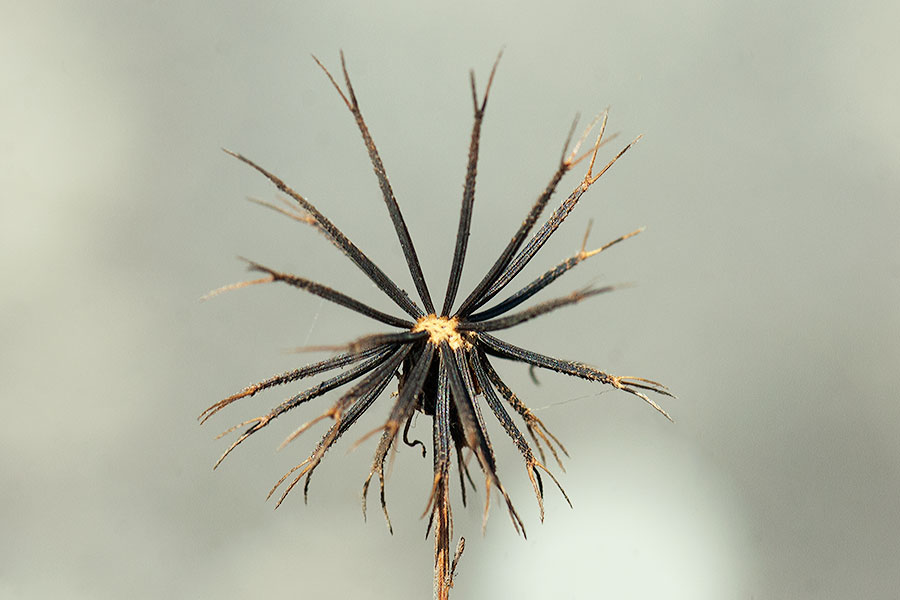

Larval ticks generally attach to birds or small mammals to score first blood. Since ticks breathe through respiratory plates on their bodies, they can totally immerse their heads into the host’s skin.
SEED TICKS SKIN
Ticks get blood by cutting a hole in the host's epidermis inserting the hypostome (head and mouth parts) completely into the skin and then excreting an anticoagulant which keeps the blood from clotting. Most tick species require three to seven blood meals before becoming adults. Ticks require moisture for each stage of their metamorphosis, so they generally don’t thrive in extremely dry country. Lifestyles of ticksĪ tick begins life as an egg left on the ground in a damp protected area. Unfortunately, these small arachnids (that’s right, they’re members of the spider family) are also carriers of dozens of life-threatening illnesses that they pick up as they suck blood during three of the four stages of their lives. No matter where they begin chewing their way to blood, tick bites can cause weeks of itching, scratching and annoyance. In years when mast crops fail or weather is extremely harsh, ticks can further weaken wild animals to the point that they are unable to fend off other diseases. Deer, elk, turkeys, bears,raccoons, bobcats, coyotes and even rabbits can get ticks. A tick attack can be as surreptitious as the dozens of small dots that are seed ticks digging into an ankle, or a larger stealth “attacher” like a dog tick, lone star tick or blacklegged tick, that digs-in and hides in those moist hidden places like an armpits, groins or navels.Īnimals, especially birds and mammals under stress, can also be severely impacted by ticks.

Ticks are a fact of life for anyone who spends time outdoors. Easton | Originally published in GameKeepers: Farming for Wildlife Magazine.


 0 kommentar(er)
0 kommentar(er)
